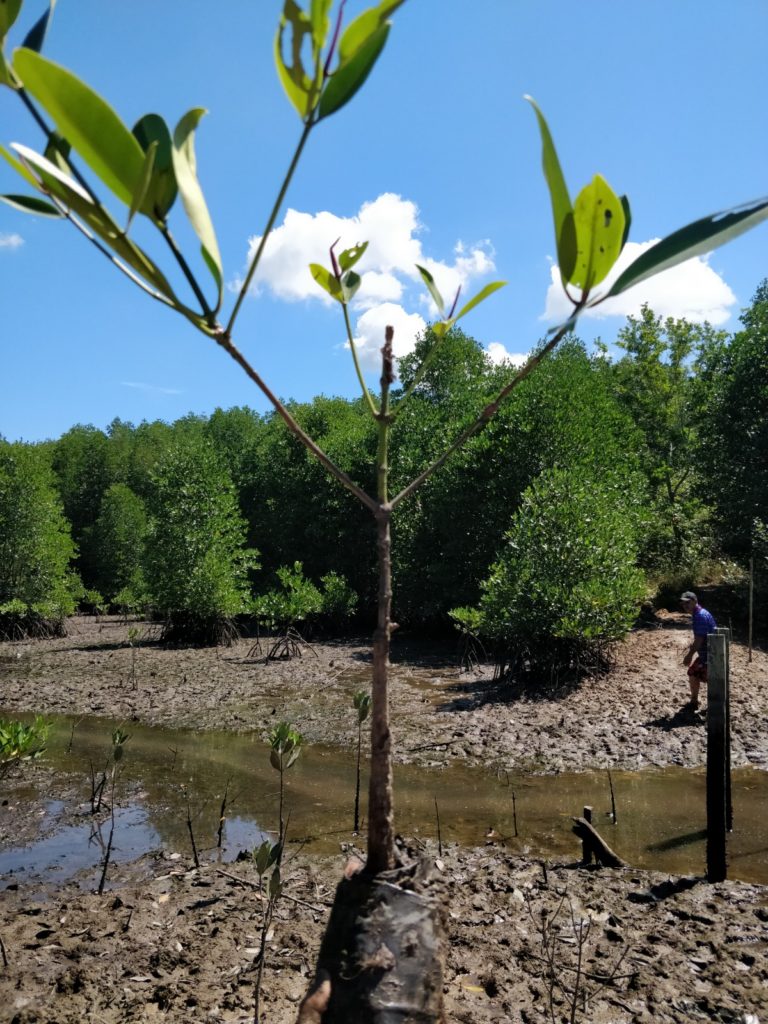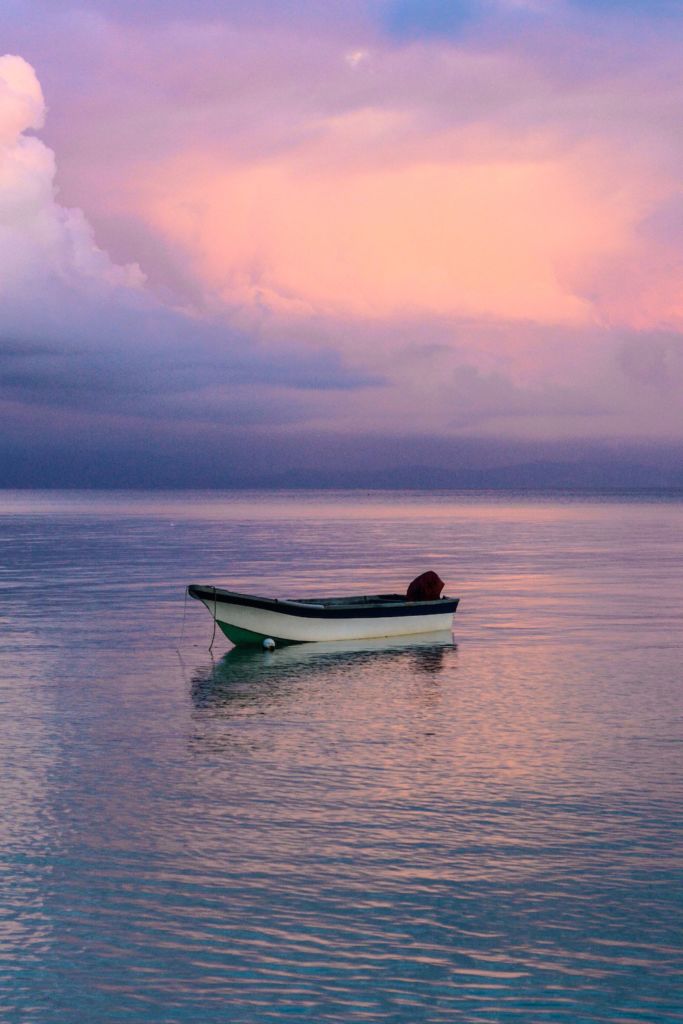- Carbon
- Ocean
- Science
Blue Carbon
Tenaka Blue Carbon Program aims at restoring marine habitats storing and sequestrating carbon.

The Ocean, carbon sink of our planet
83% of the global carbon cycle is circulated through the Ocean. « Blue Carbon » refers to this carbon captured and sequestered by the world’s ocean and coastal ecosystems.
Coastal ecosystems such as mangroves, kelp, tidal marshes, sea grass, coral reefs, sequester carbon at a bigger scale than any other marine ecosystem.

Restoring Blue Carbon ecosystems
Restoring Blue Carbon ecosystems has the potential to address many different Sustainable Development Goals (SDGs).
These habitats are at a crossroads between biodiversity, carbon sequestration, local economies and sustainable communities. Therefore, it is widely recognized as a key solution to the climate crisis, highlighted by the United Nations Environmental Program.

Social & economic impacts
It is estimated that 1 person out of 2 directly relies on the Ocean throughout the world, while 100 million people live within 10 km of significant mangrove areas. Blue Carbon ecosystems play an active role for local economies, securing jobs steming to tourism or fishing activities as well as protecting villages from erosion.
« Experts estimate mangroves to be worth at least US$1.6 billion per year in ecosystem services with a worth of US$33,000-57,000 per hectare per year. » – UNEP
Do you want more information about Tēnaka Blue Carbon Program?